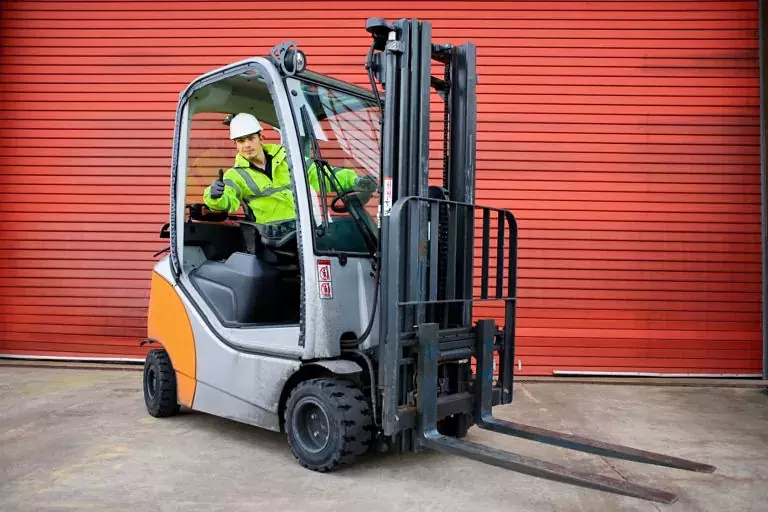 The benefits of forklift attachments have been sung across the board. From enhancing efficiency, expediting project times, and driving productivity there are a plethora of positives that can be yielded from these devices. However, the forklift forks are the basic foundation of any material handling operation. Before one can graduate to accessories, one must understand the essential principles of the forklift forks themselves and how they contribute to the operation when used properly. This can be achieved through first changing the forks themselves. The fact remains there are some in the material handling business that are still unsure of how to do complete such a task. Do you have employees that still do know not how to execute this initiative? Are you personally looking to learn how to change the forks on any forklift? Here is a comprehensive guide on how to do so the right way!
The benefits of forklift attachments have been sung across the board. From enhancing efficiency, expediting project times, and driving productivity there are a plethora of positives that can be yielded from these devices. However, the forklift forks are the basic foundation of any material handling operation. Before one can graduate to accessories, one must understand the essential principles of the forklift forks themselves and how they contribute to the operation when used properly. This can be achieved through first changing the forks themselves. The fact remains there are some in the material handling business that are still unsure of how to do complete such a task. Do you have employees that still do know not how to execute this initiative? Are you personally looking to learn how to change the forks on any forklift? Here is a comprehensive guide on how to do so the right way!
1) Determine If the Forks Are A Quick Fix – Some models of forklift have quick change forks to make the operation seamless and far easier. Consulting the instruction manual or speaking with a seasoned operator can provide the appropriate insight into whether or not the forks can be removed and replaced in a matter of moments. This is because quick change forks drop within a matter of moments. If this is not the case, continue forward with this guide.
2) Remove the Forks – The first step would be to remove the old forklifts and to make sure to do so in accordance with the manufacturer’s specifications. Failing to do so can create a potential risk or hazard and moreover potentially expose the business to all kinds of liabilities should a worker breach these recommendations.
3) Utilize The Side Shifter – To ensure the new fork or attachment fits properly and snugly on the forklift, side shifters are a great tool to fortify alignment. You can also use positioners as well to aid in this process. Using both these tools will make sure the forks attach correctly and operate at the appropriate angles to ensure safe and easy loading and unloading.
4) Attach The New Forks – The next phase is to attach the new forks in accordance once again with the manufacturer’s instructions. It is also imperative that after the forks have been fitted that a safety check be conducted to ensure the forks are being used at the highest level of performance and most secure means of execution. Failing to do this is the cause of many accidents and incidents as forks that are not properly attached have a knack for coming undone in heavy labor operations. This can certainly escalate injuries in the workplace if not create even father reaching detriments.
5) Happy Driving – After the new forks have been attached and checked over properly, you can put your new forks to work right away! Please remember to always adhere to the appropriate speed limits, OSHA regulations, and workplace safety practices when driving the forklift.
